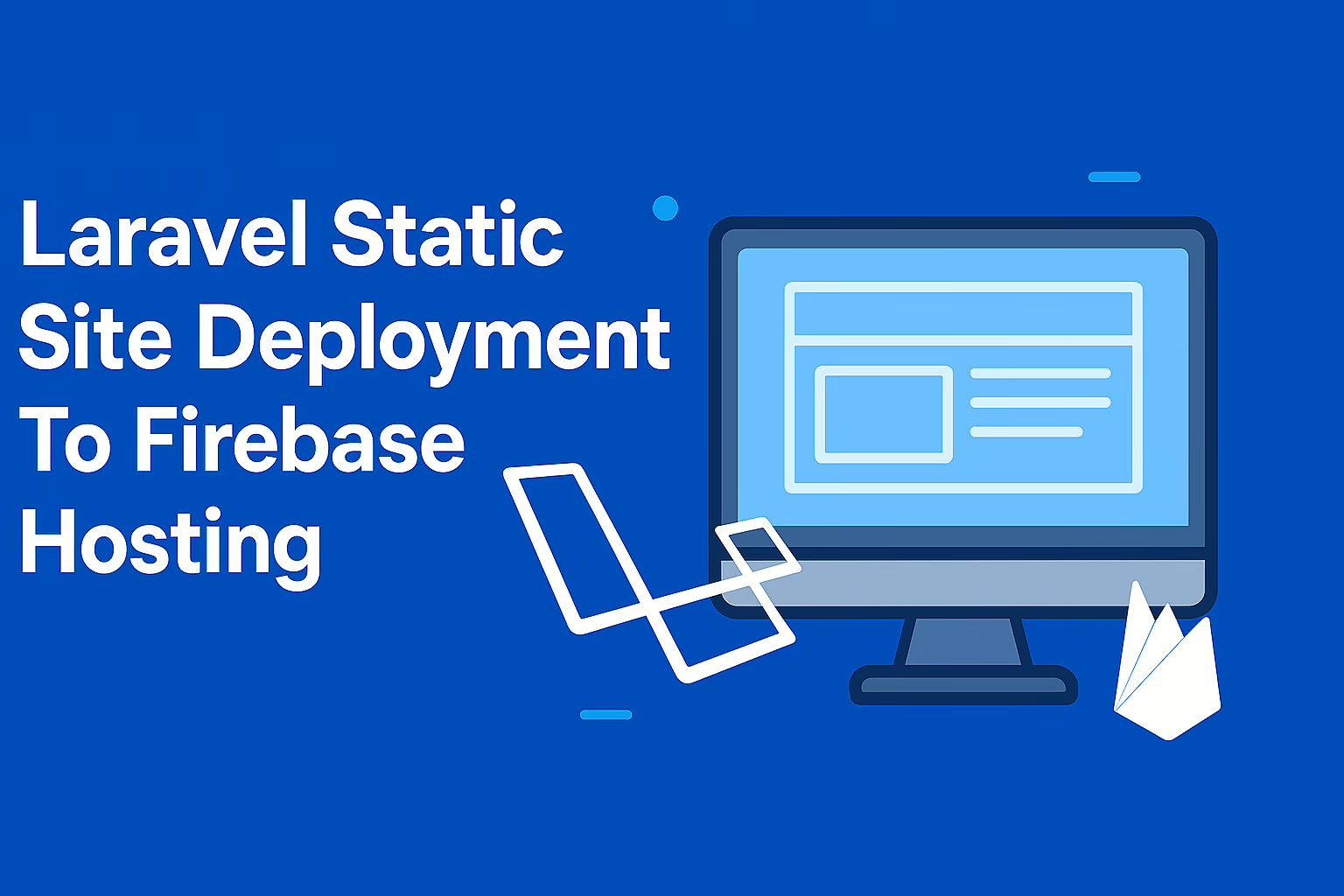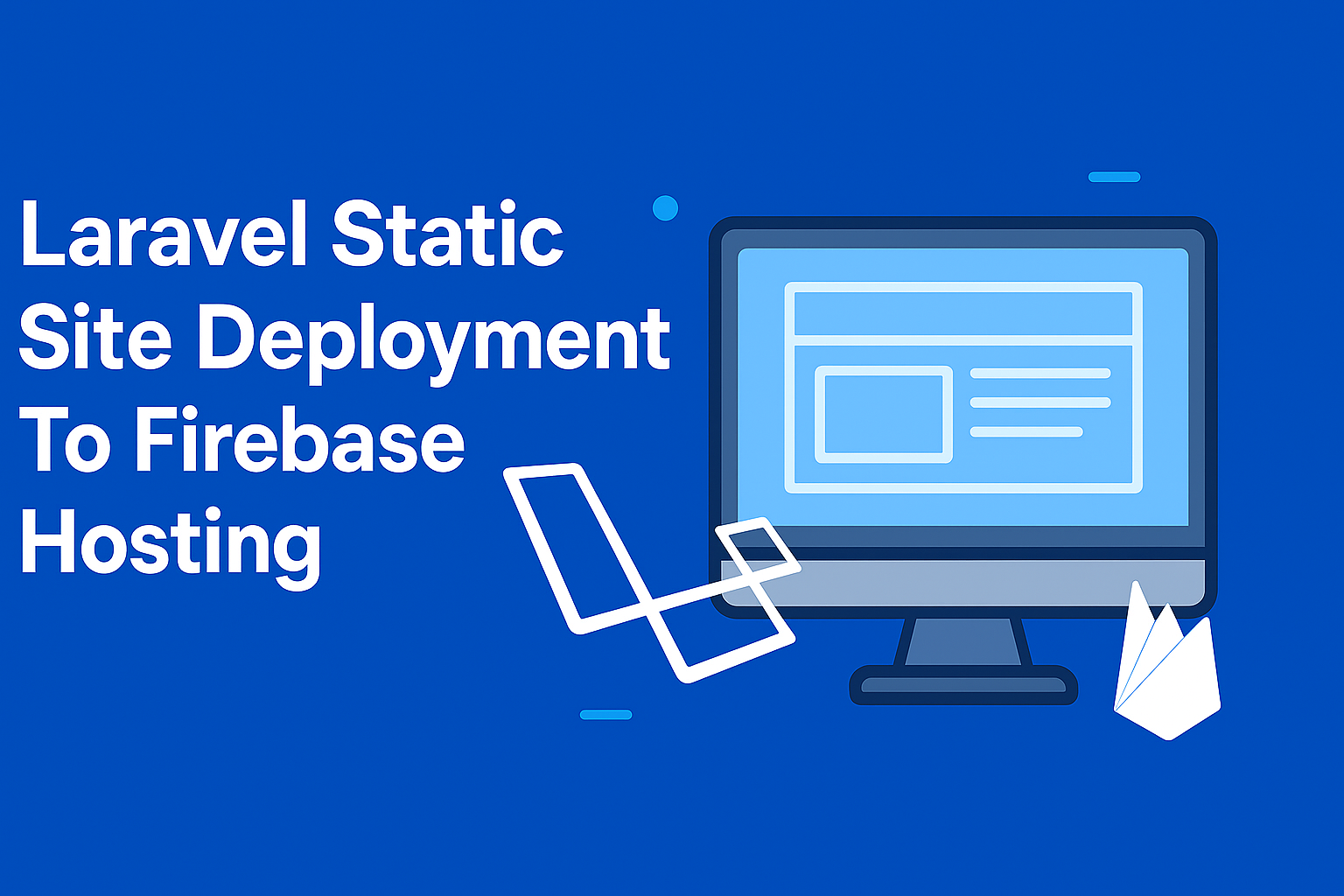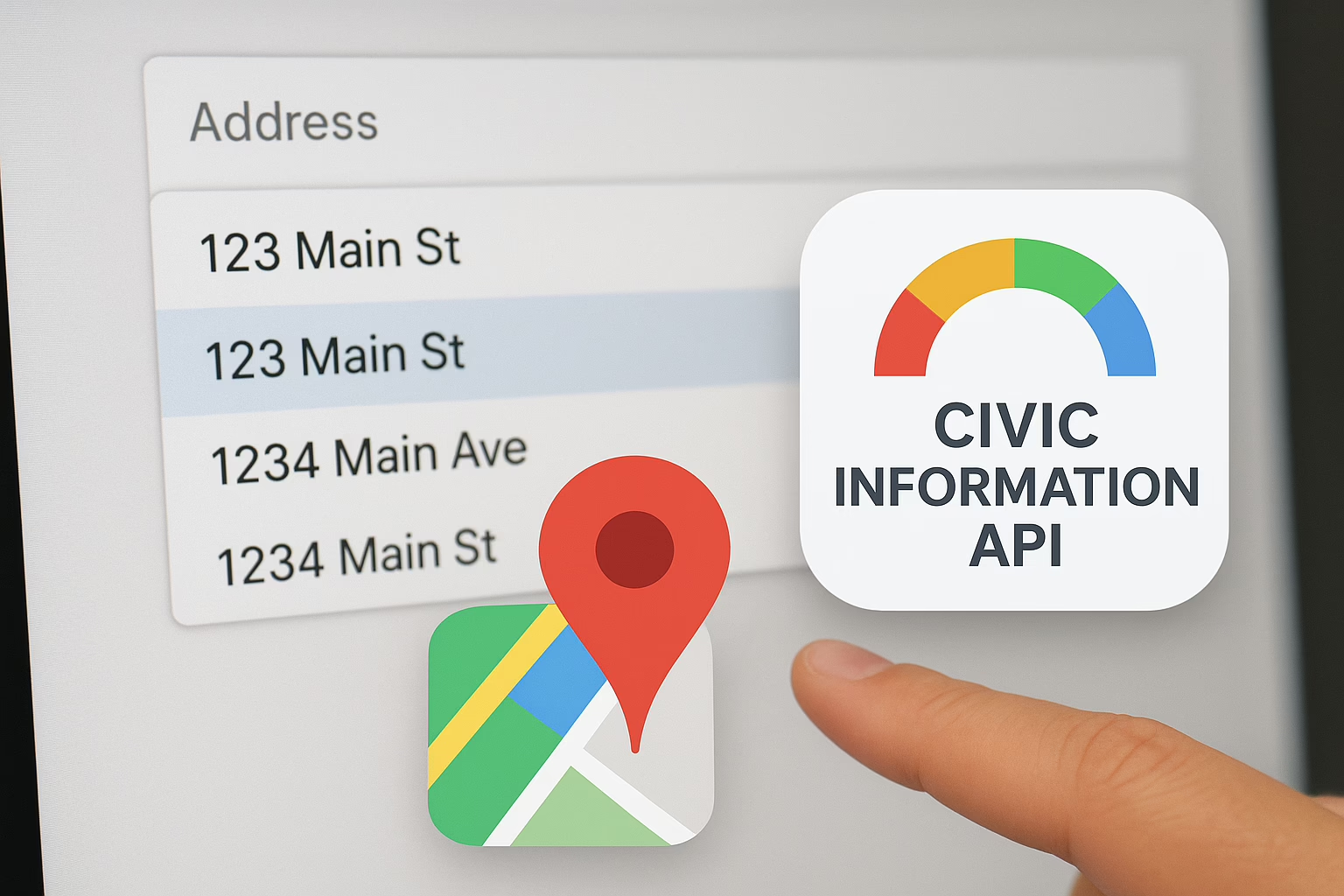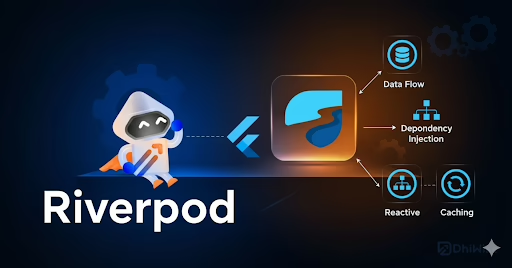Laravel is a robust PHP framework, best known for powering dynamic, database-driven web applications. Businesses often use it to build everything from a Laravel application for enterprise solutions to a fully customized Laravel e-commerce platform. Many companies also rely on expert Laravel service providers to create scalable and secure solutions tailored to their needs. However, not every project requires backend processing or real-time data fetching. For certain projects—like landing pages, company profiles, portfolios, documentation sites, or event microsites—a static site deployment can be a smarter choice.
At Sreyas IT Solutions, a trusted Laravel service provider, we have extensive experience in both Laravel website development—covering API integrations, advanced authentication, performance optimization—and Firebase solutions such as real-time databases, serverless cloud functions, authentication, hosting, and push notifications. This combined expertise enables us to design and deploy Laravel applications of any scale, as well as leverage Firebase’s global CDN and serverless architecture for lightning-fast, secure, and cost-efficient hosting.
By converting Laravel Blade views into static HTML, you can achieve:
- Faster loading speeds through pre-rendered HTML
- Simplified infrastructure with no backend server to maintain
- Lower hosting costs thanks to lightweight static files
- Better scalability through Firebase’s global hosting network
This guide will walk you through how to export Laravel Blade views as static HTML and deploy them to Firebase Hosting.
Prerequisites for Deploying a Laravel Website to Firebase
| Tool | Description |
| Laravel | Version 9 or later |
| PHP | Installed locally |
| Node.js & NPM | Required for Firebase CLI |
| Firebase Project | Created at [firebase.google.com](https://firebase.google.com) |
| Firebase CLI | Install using `npm install -g firebase-tools` |
Step-by-Step Instructions for Laravel Static Site Deployment
Step 1: Install Firebase CLI
Install globally and authenticate:
npm install -g firebase-tools
firebase login
Step 2: Create a Blade View
Create `resources/views/home.blade.php`:
<!DOCTYPE html>
<html>
<head>
<title>My Static Page</title>
<link rel="stylesheet" href="{{ $asset('css/style.css') }}">
</head>
<body>
<h1>Welcome to Our Company</h1>
<img src="{{ $asset('images/logo.png') }}" alt="Logo">
<script src="{{ $asset('js/app.js') }}"></script>
</body>
</html>⚠️ Do not use `{{ asset() }}` — it generates absolute paths which may break in static hosting.
Step 3: Create Laravel Export Command
Generate the command:
php artisan make:command ExportCheckAppStaticViewsThen replace `app/Console/Commands/ExportCheckAppStaticViews.php` with:
namespace App\Console\Commands;
use Illuminate\Console\Command;
use Illuminate\Support\Facades\View;
use Illuminate\Support\Facades\File;
class ExportCheckAppStaticViews extends Command
{
protected $signature = 'app:export-check-app-static-views';
protected $description = 'Export Blade views as static HTML with relative asset paths for Firebase Hosting';
public function handle()
{
$this->info(" Starting static export...");
$pages = ['home' => 'index.html'];
$outputPath = public_path('../firebase-dist');
if (!File::exists($outputPath)) {
File::makeDirectory($outputPath, 0755, true);
}
View::share('asset', fn($path) => ltrim($path, '/'));
foreach ($pages as $view => $fileName) {
$html = View::make($view)->render();
File::put($outputPath . '/' . $fileName, $html);
$this->info(" Exported view '{$view}' to '{$fileName}'");
}
$assets = ['css', 'js', 'images'];
foreach ($assets as $folder) {
$source = public_path($folder);
$destination = $outputPath . '/' . $folder;
if (File::exists($source)) {
File::copyDirectory($source, $destination);
$this->info(" Copied assets from '{$folder}'");
} else {
$this->warn("⚠️ Asset folder '{$folder}' not found.");
}
}
$this->info(" All views and assets exported to 'firebase-dist' successfully.");
}
}Step 4: Export Static Files
Run the command:
php artisan app:export-check-app-static-viewsThis will create a new folder `firebase-dist/` with contents like:
firebase-dist/
- index.html
- css/
- js/
- images/
Step 5: Initialize Firebase Hosting
From your project root:
firebase initSelect:
- Hosting
- Public directory:`firebase-dist`
- Configure as SPA? No
- Overwrite index.html? No
Step 6: Deploy to Firebase Hosting
firebase deployFirebase CLI will give you a live URL such as: https://your-project-id.web.app
Optional Enhancements for Laravel Services
| Feature | Description |
| Add More Views | Add more items to `$pages` array in the command class |
| Pretty URLs | Use rewrite rules in `firebase.json` |
| Minify HTML | Use a PHP HTML minifier like `voku/html-min` before writing output files |
| SEO & Metadata | Add meta tags, OpenGraph, and structured data in your Blade templates |
Conclusion
By following these steps, you’ve transformed your Laravel website into a fully static, production-ready site hosted on Firebase. This approach is:
- Cost-Effective – No backend infrastructure required
- High-Performance – Delivered through Firebase’s global CDN for lightning-fast page loads
- Low Maintenance – Minimal moving parts, fewer security concerns, and easy updates
- SEO-Friendly – Static files with optimized HTML are easily indexed by search engines
At Sreyas IT Solutions, our proven ability to combine the power of a Laravel application with the efficiency of Firebase’s serverless ecosystem allows us to deliver solutions that are fast, scalable, and reliable. Whether it’s building a Laravel e-commerce platform, a custom business tool, or a high-performance Laravel website, we ensure all kind of Laravel services and technical excellence for clients worldwide.








